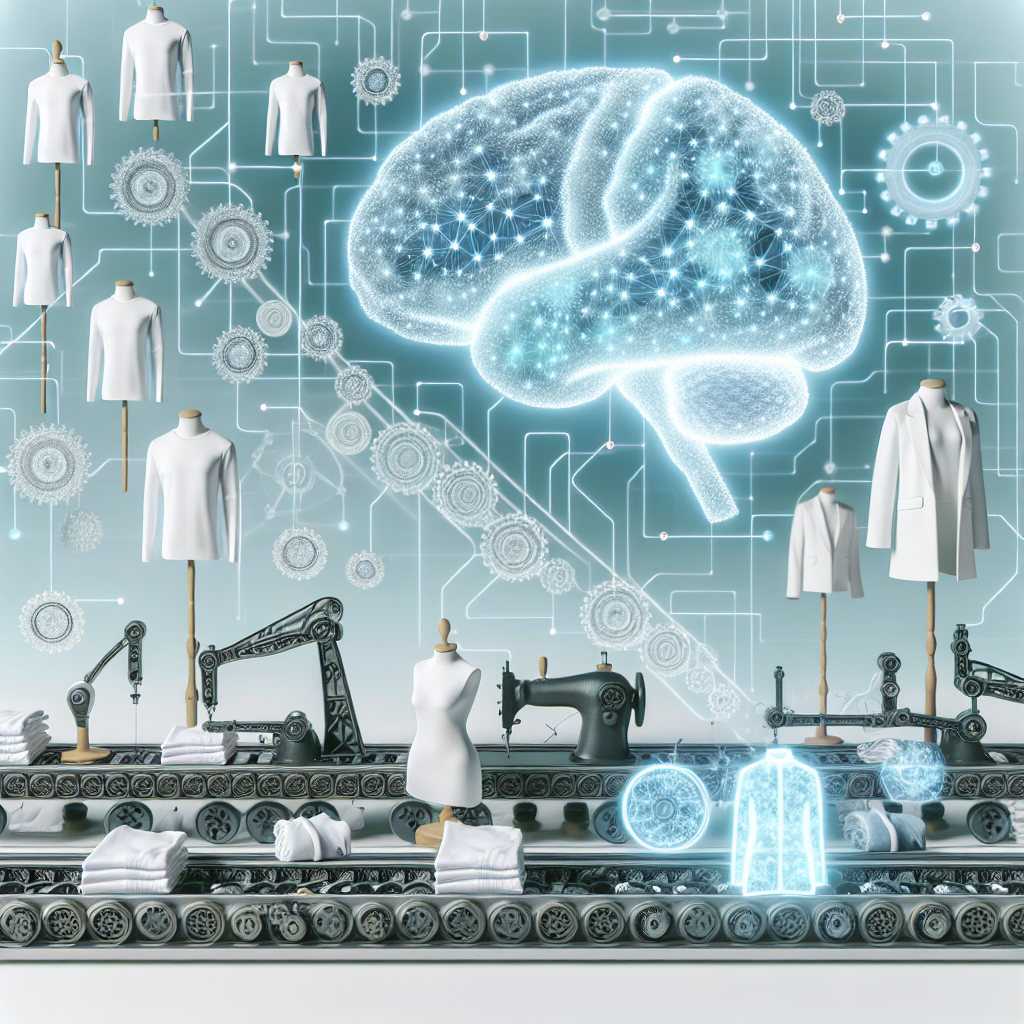Fast fashion has become a dominant force in the fashion industry over the past few decades, with brands like Zara, H&M, and Forever 21 leading the charge. However, the rise of fast fashion has also brought with it a host of sustainability issues, from overproduction and waste to poor working conditions and environmental damage. In recent years, there has been growing interest in using artificial intelligence (AI) to help make the fashion industry more sustainable. But can AI really make a difference in the fast fashion world?
AI and Fast Fashion: The Problem
Fast fashion is characterized by its quick turnaround from design to production to retail, allowing brands to offer trendy clothing at low prices. However, this fast pace also means that brands are constantly churning out new collections, often at the expense of the environment and workers. The fashion industry is one of the most polluting industries in the world, with massive amounts of water, energy, and chemicals used in the production process. In addition, the rise of fast fashion has led to a culture of disposable clothing, where garments are worn a few times and then discarded, contributing to the growing problem of textile waste.
AI has the potential to address some of these sustainability issues in the fast fashion industry. By using algorithms and data analysis, AI can help brands optimize their supply chains, reduce waste, and make more informed decisions about production and distribution. For example, AI can help predict consumer demand more accurately, allowing brands to produce the right amount of clothing and reduce overstock. AI can also help with design and material selection, by analyzing data on consumer preferences and environmental impact to create more sustainable products.
AI and Fast Fashion: The Solutions
One way AI can make the fashion industry more sustainable is through the use of predictive analytics. By analyzing data on past sales, trends, and consumer behavior, AI can help brands forecast demand more accurately and reduce the risk of overproduction. This can help brands minimize waste and reduce the need for markdowns and discounts to clear excess inventory.
Another way AI can help make the fashion industry more sustainable is by optimizing the supply chain. By using AI to analyze data on sourcing, production, and distribution, brands can identify inefficiencies and opportunities for improvement. For example, AI can help brands identify more sustainable materials and suppliers, reduce transportation emissions, and improve the efficiency of production processes.
AI can also help with design and product development. By analyzing data on consumer preferences, trends, and environmental impact, AI can help brands create more sustainable products that meet the needs and desires of consumers. For example, AI can help brands design clothing that is more durable, versatile, and eco-friendly, reducing the need for frequent purchases and disposal.
AI and Fast Fashion: The Challenges
While AI has the potential to make the fashion industry more sustainable, there are also challenges and limitations to consider. One challenge is the complexity of the fashion supply chain, which involves multiple stakeholders and processes that can be difficult to track and analyze. AI requires large amounts of data to work effectively, and getting access to this data can be a challenge for brands, especially smaller ones.
Another challenge is the potential for AI to reinforce existing biases and inequalities in the fashion industry. For example, AI algorithms may be biased towards certain types of products or consumer groups, leading to a lack of diversity and inclusivity in fashion design and production. It is important for brands to be aware of these issues and take steps to mitigate them when using AI in their operations.
AI and Fast Fashion: The Future
Despite the challenges, AI has the potential to revolutionize the fashion industry and make it more sustainable. As technology continues to advance, we can expect to see more innovative applications of AI in the fashion world, from personalized shopping experiences to waste reduction and circular economy initiatives. Brands that embrace AI and use it to drive sustainability efforts will be well positioned to succeed in the fast fashion market of the future.
FAQs
Q: Can AI really make the fashion industry more sustainable?
A: Yes, AI has the potential to make the fashion industry more sustainable by optimizing supply chains, reducing waste, and improving product design. By using algorithms and data analysis, AI can help brands make more informed decisions and reduce their environmental impact.
Q: How can AI help with sustainability in fast fashion?
A: AI can help with sustainability in fast fashion by predicting consumer demand, optimizing the supply chain, and improving product design. By analyzing data on trends, sales, and environmental impact, AI can help brands make more sustainable decisions and reduce waste.
Q: What are the challenges of using AI in the fashion industry?
A: Some challenges of using AI in the fashion industry include the complexity of the supply chain, access to data, and potential biases in algorithms. Brands need to be aware of these challenges and take steps to address them when using AI in their operations.
Q: What is the future of AI in fast fashion?
A: The future of AI in fast fashion is promising, with more innovative applications expected in the coming years. Brands that embrace AI and use it to drive sustainability efforts will be well positioned to succeed in the fast fashion market of the future.

